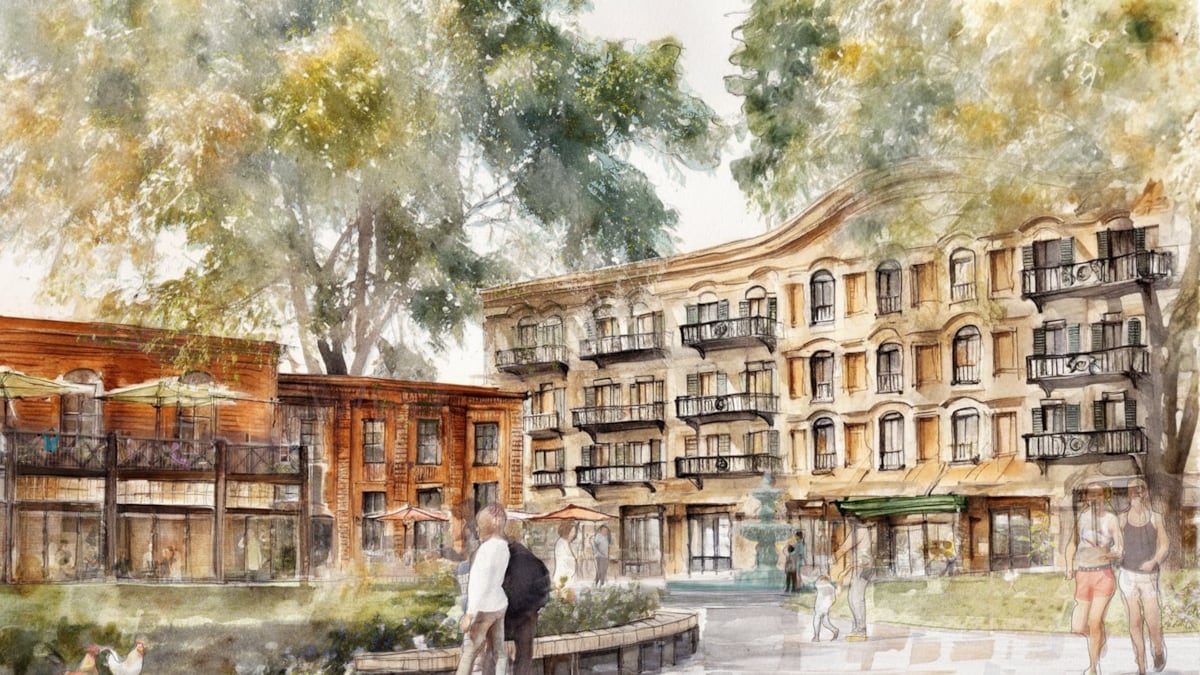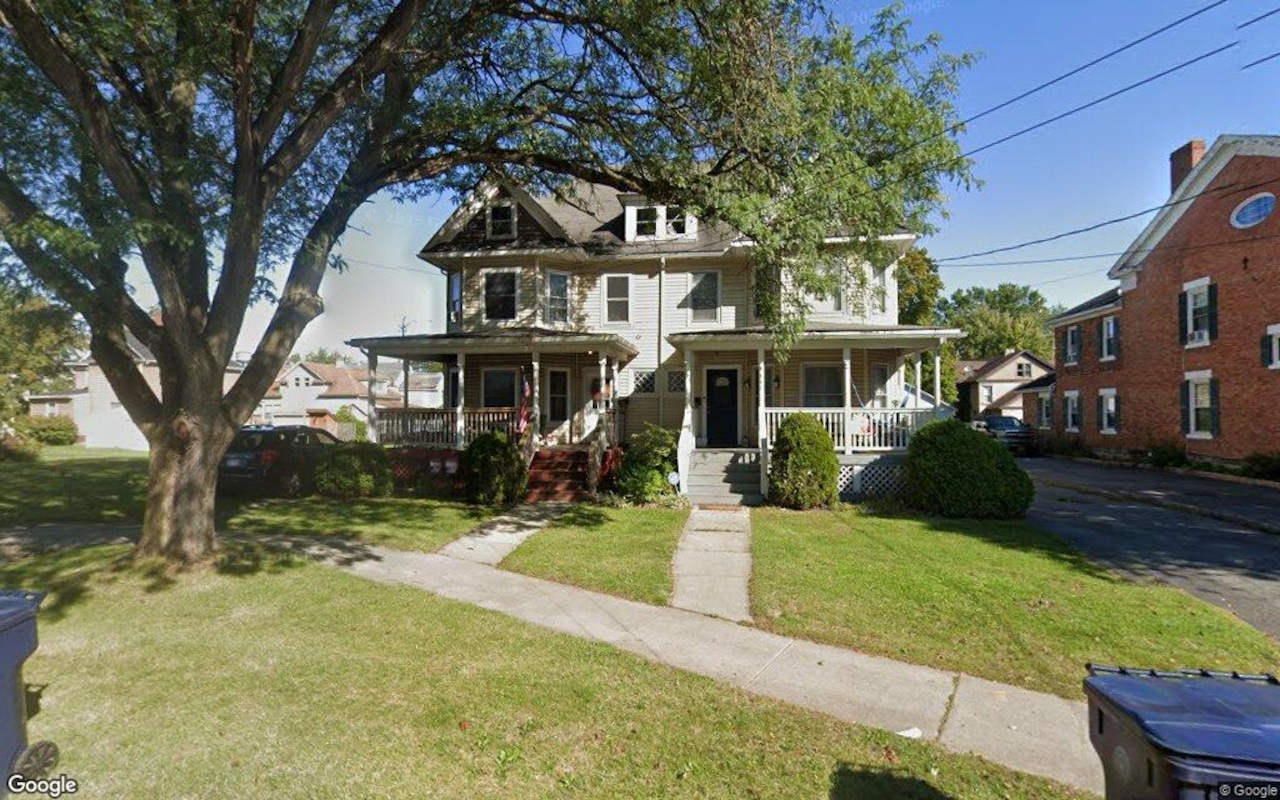D
.R. Horton, Texas' largest homebuilder, has exceeded analyst expectations with its latest earnings report. The company generated $7.61 billion in revenue for the quarter ending December 31, surpassing the predicted $7.08 billion. Despite a slight decline in home sales to 19,059 units from 19,340 the previous year, D.R. Horton benefited from strategies like mortgage rate buydowns that addressed affordability concerns amidst high interest rates.
The company's gross margin of 22.7 percent was slightly lower than last year's 22.9 percent. However, executives remain optimistic about future initiatives to improve affordability in a competitive market environment. D.R. Horton owes much of its success to its Texas operations, with major projects across the state including the development of 580 lots in Dallas' University Hills and over 4,000 homes in the Alpha Ranch community north of Fort Worth.
In Houston, the company has a strong presence with top-selling master-planned communities like Tamarron in Katy and Breckenridge Forest in Spring. D.R. Horton is also set to develop housing units within Starwood Land's 4,000-home community in northwest Houston, with prices ranging from $300,000 to $600,000. Despite expected increases in incentive costs and potential decreases in home sales gross margin, the company remains confident about its future prospects.














